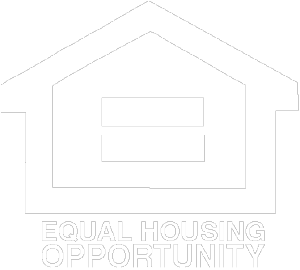Green loans save you money and make your home more comfortable.
Energy efficient mortgages (EEMs) lower your home’s utility costs by allowing energy-efficient modifications such as weather stripping or extra insulation to be added to the home. Backed by the government and available if you are buying or selling, or refinancing and remodeling, they are a great option for adding energy-efficient features to a property.
EEMs recognize that lower utility expenses can permit a homeowner to pay a higher mortgage to cover the cost of the energy improvements on top of the base mortgage. They allow a borrower to add money on top of their base loan amount and 1) not factor the extra loan amount into debt-to-income ratios (i.e. still qualify for the property) and 2) not increase their down payment based on the extra amount. FHA is the most common backer of EEM’s (“green loans”), but there are other home renovation loan products also available.
Benefits:
- Save money on utilities
- No need for a 2nd mortgage or home equity line of credit (HELOC) to do home repairs
- Mortgage interest rates are competitive with standard FHA rates
- Lower overall payment. The increased mortgage is offset by the lower utility payments. For instance, an additional $10,000 loan amount raises the mortgage payment by $60/month, but if that $10,000 in energy efficient improvements reduces utility payments by $150/month, you are saving a net of $90/month…and you are hedging against an increase in gas or electric prices
Energy Efficient Mortgage Benefit Anyone Selling or Buying!
Sellers
- Sell your home faster.
- Market your home to a greater number of potential buyers.
Buyers
- Improve your home before you move in.
- Increase resale value.
- Save money
Refinancing
- Save money on utilities immediately
- Make your home more comfortable
What Can I Do and To What Type of Property?
EEMs are available for energy-efficient improvements in 1-4 unit existing and new homes. Again, improvements can be included in a borrower’s mortgage only if their total cost is less than the total dollar value of the energy that will be saved during their useful life. The maximum cost of the improvements is either 5% of the property’s value up to $8,000 or $4,000, whichever is greater.


